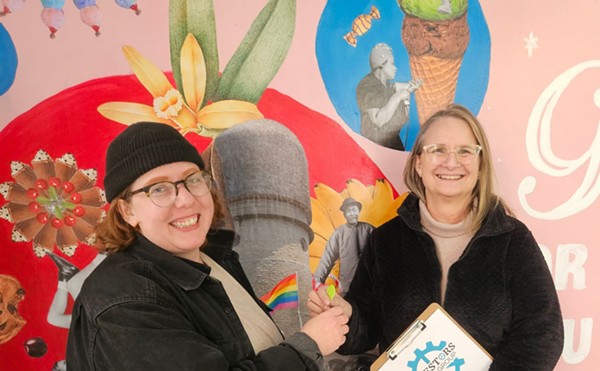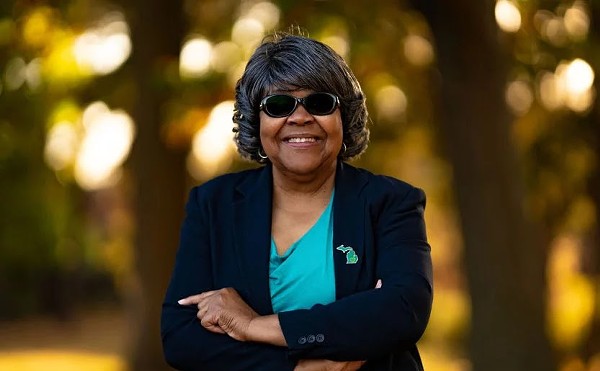Thank you, W. Kim Heron, for your insightful article, "The kiss, the wall & other true tales" (Metro Times, May 15-21). I read Mr. Sugrue's book about a year ago, and its powerful detail of how white Detroiters and other elitists kept blacks from fully integrating into proper housing and employment gave me a clearer picture of why the city is in the shape it's presently in. I was fortunate to have a professor at Western Michigan University in the late 1970s who understood, like Mr. Sugrue, that institutional structures that comprise economic systems and subsystems are mostly controlled by wealthy white males who look out for their interests and have little or no concern for the living conditions of people of color. Mr. Sugrue did his homework. —Michael McCullough, Novi
Corridor memories
W. Kim Heron has written a great story, one of the best I've read in recent issues. It's a refreshing pleasure to see that local weeklies can still find absorbent and focused writers. I spent most of the mid-’80s as a white, suburban, spoiled brat living in the Cass Corridor and was witness to many changes just in that section of town alone. It was a strange mixture of the homeless, struggling black families and college kids all jammed into that
area then. —Keith Jackson, Phoenix
A Young city
I very much enjoyed W. Kim Heron’s article. One of the themes reminded me of Coleman Young's words in his autobiography Hard Stuff : "The real message lies in the fact that since 1914, when Henry Ford's futuristic production system and new-wage workday began to attract the multiracial, ethnic, huddled masses yearning to be gainfully employed, Detroit's special place in urban American history has been as its great indicator, a condensed, microcosmic, accelerated version of Everycity, U.S.A. DeTocqueville noticed that about Detroit as far back as the early 19th century. In the evolutionary urban order, Detroit today has always been your town tomorrow. Superannuated as it may seem in this late segment of a swirling century, troubled and forsaken as the times have conspired to leave it, Detroit remains a surpassingly purposeful place, as important to the nation right now as it has ever been — maybe more so, because right now it is telling us that cities are in trouble. Detroit is the advance warning system — the flashing red light and siren — for what could be a catastrophic urban meltdown, and the country had damn well better pay attention."
Perhaps academic history is reflecting Mayor Young's thinking here when it makes Detroit a "model city again" and a " symbol" and "way of exploring urban problems" today. —Charles Brown, Detroit
Bars and burgers
I loved Jane Slaughter's review of the Telway (Metro Times, May 15-21). It brought back memories of many "after last-call" experiences. It's a testimony to the soul of Southwest Detroit that this joint still rocks on.
Maybe it is a figment of my dying brain cells, but I recall that the longhorns and wagon showed up in the early ’60s, and the fence came a few years later after one of the cattle was rustled. A couple of days later it turned up a few blocks away. —Ron Citkowski, [email protected], Rochester
Light in the darkness
Thank you, Jack Lessenberry for the stunning piece on the ACLU's work and Robert Sedler ("Heroes for our time, Metro Times, May 1-7). I think that all of America could do with that little reminder and I really enjoyed your article. Please keep up the good work, particularly in these dark times. Your writing is a light of hope. —Tim Ferguson, [email protected], Chicago
Power of soul
Thanks to Khary Kimani Turner the article about Kem ("Time matters," Metro Times, May 15-21). His music is so beautiful and positive. I’m glad to see him getting the attention he so richly deserves. —Lisa Fisher, [email protected], Dearborn






